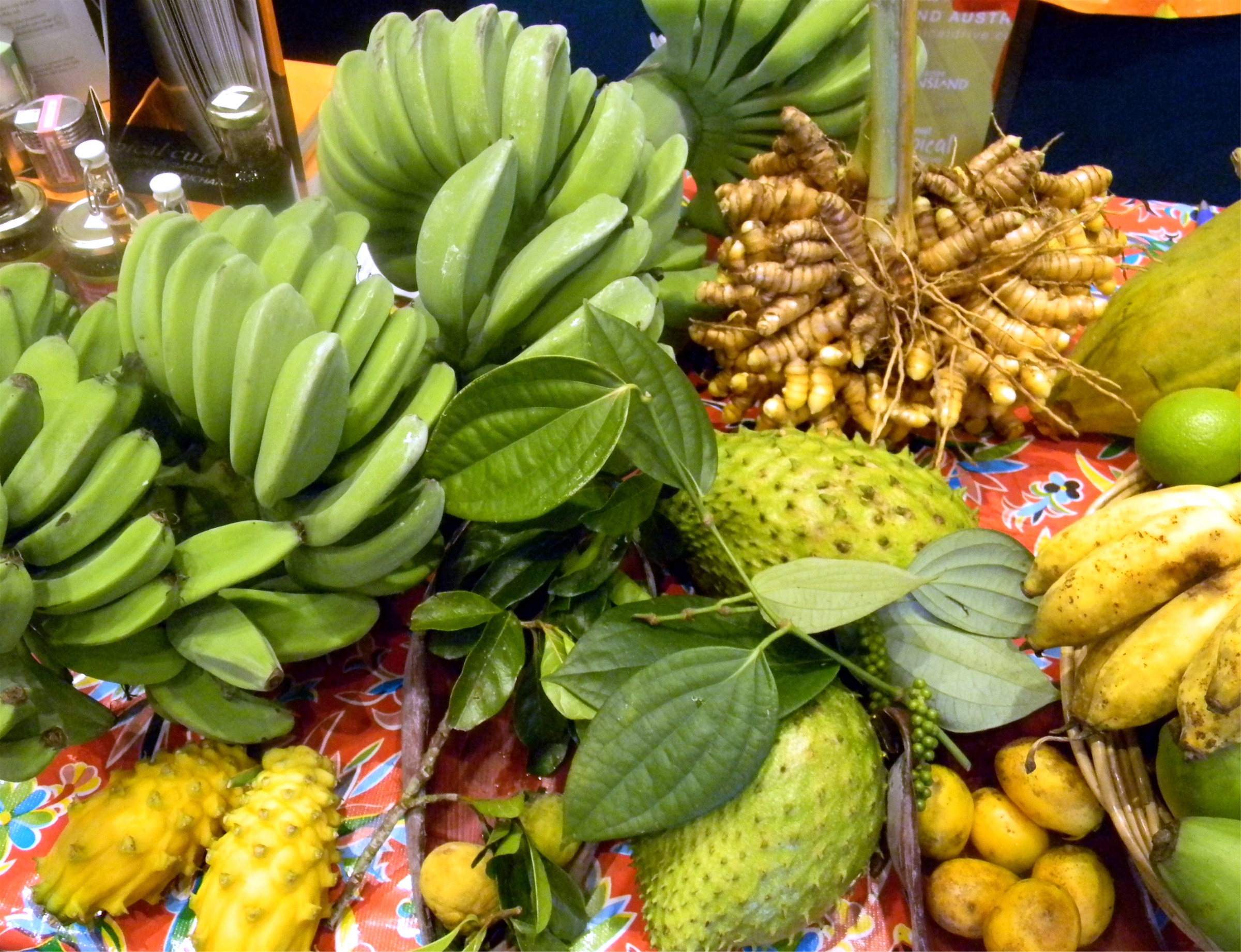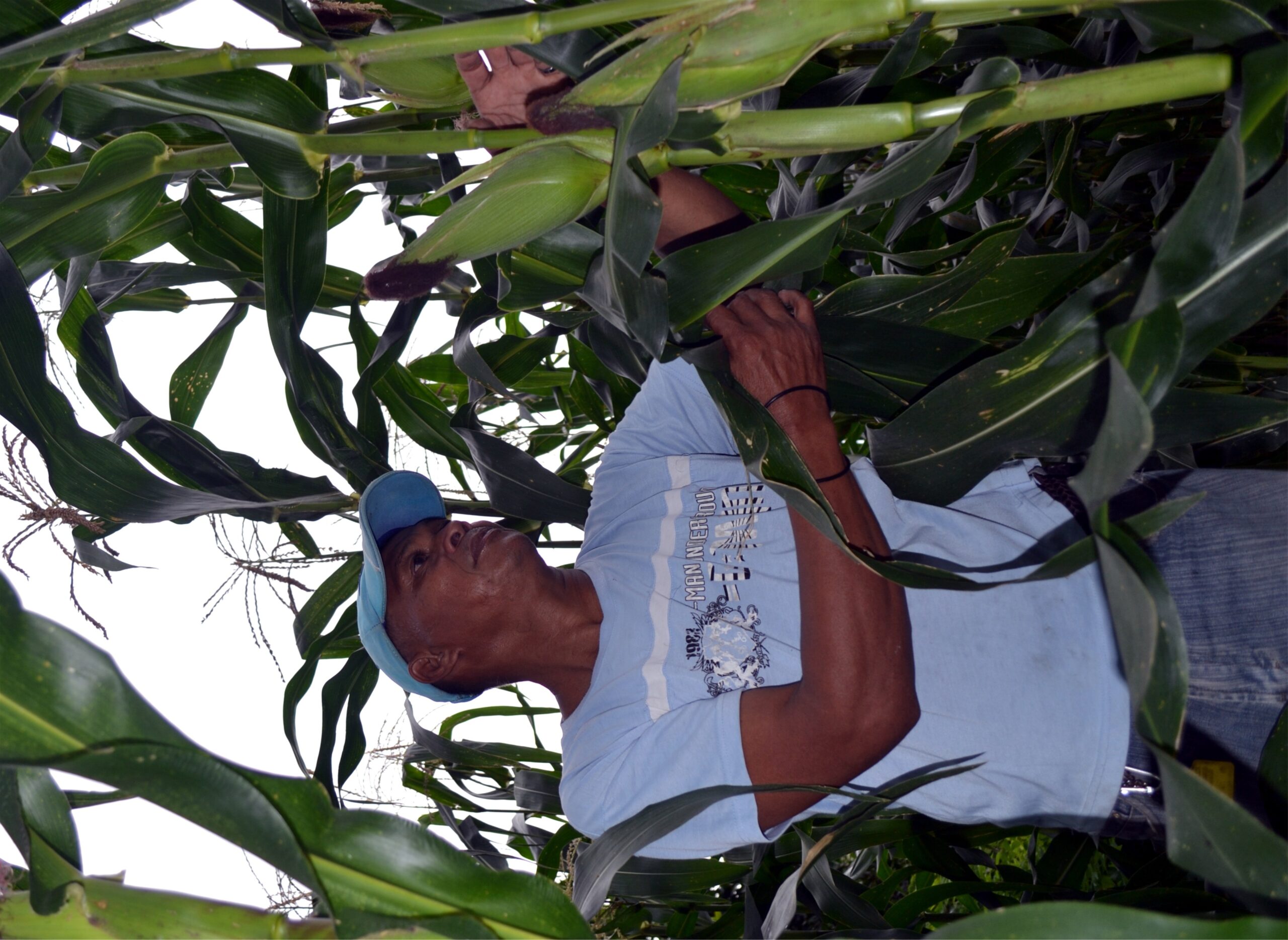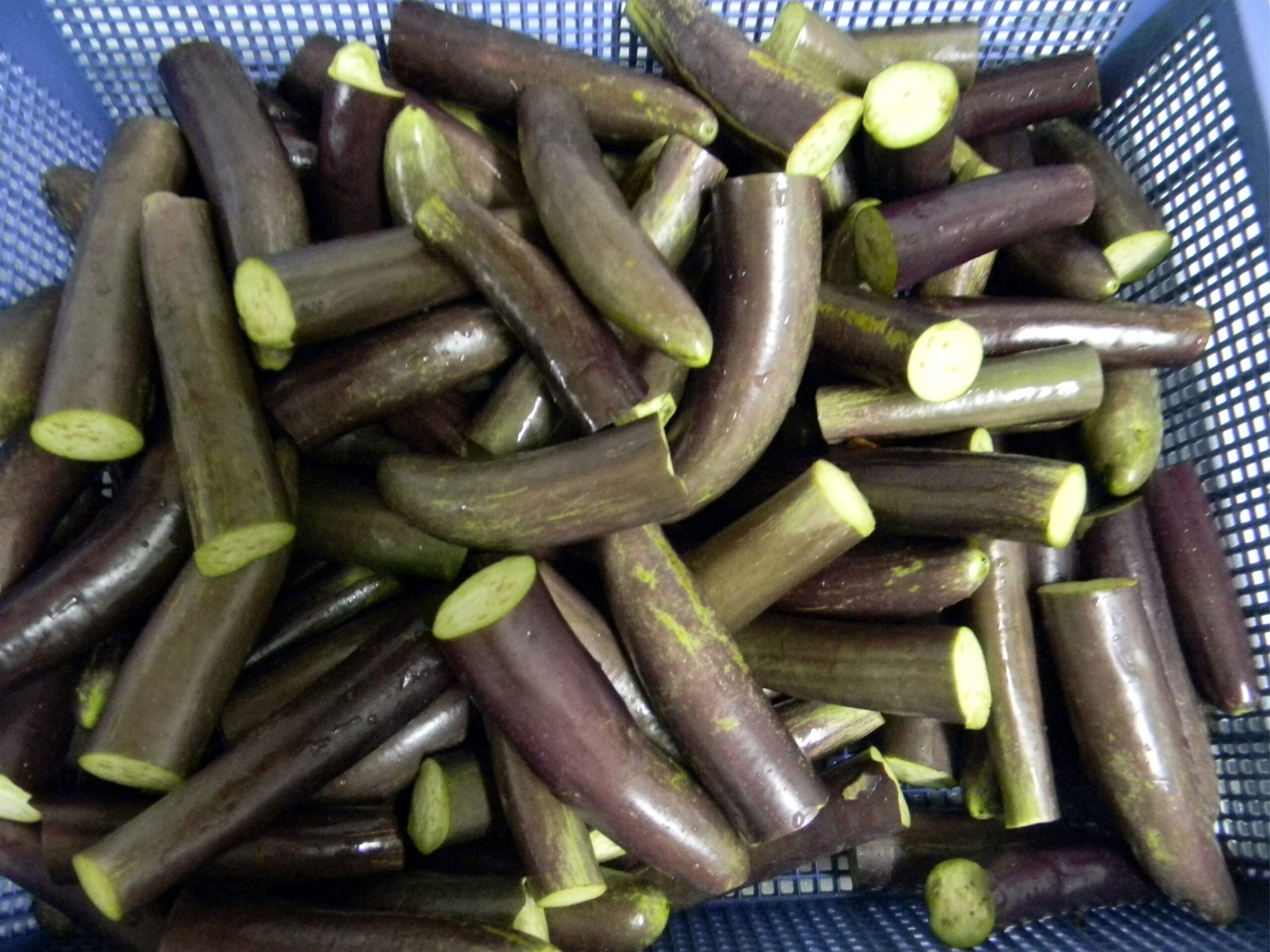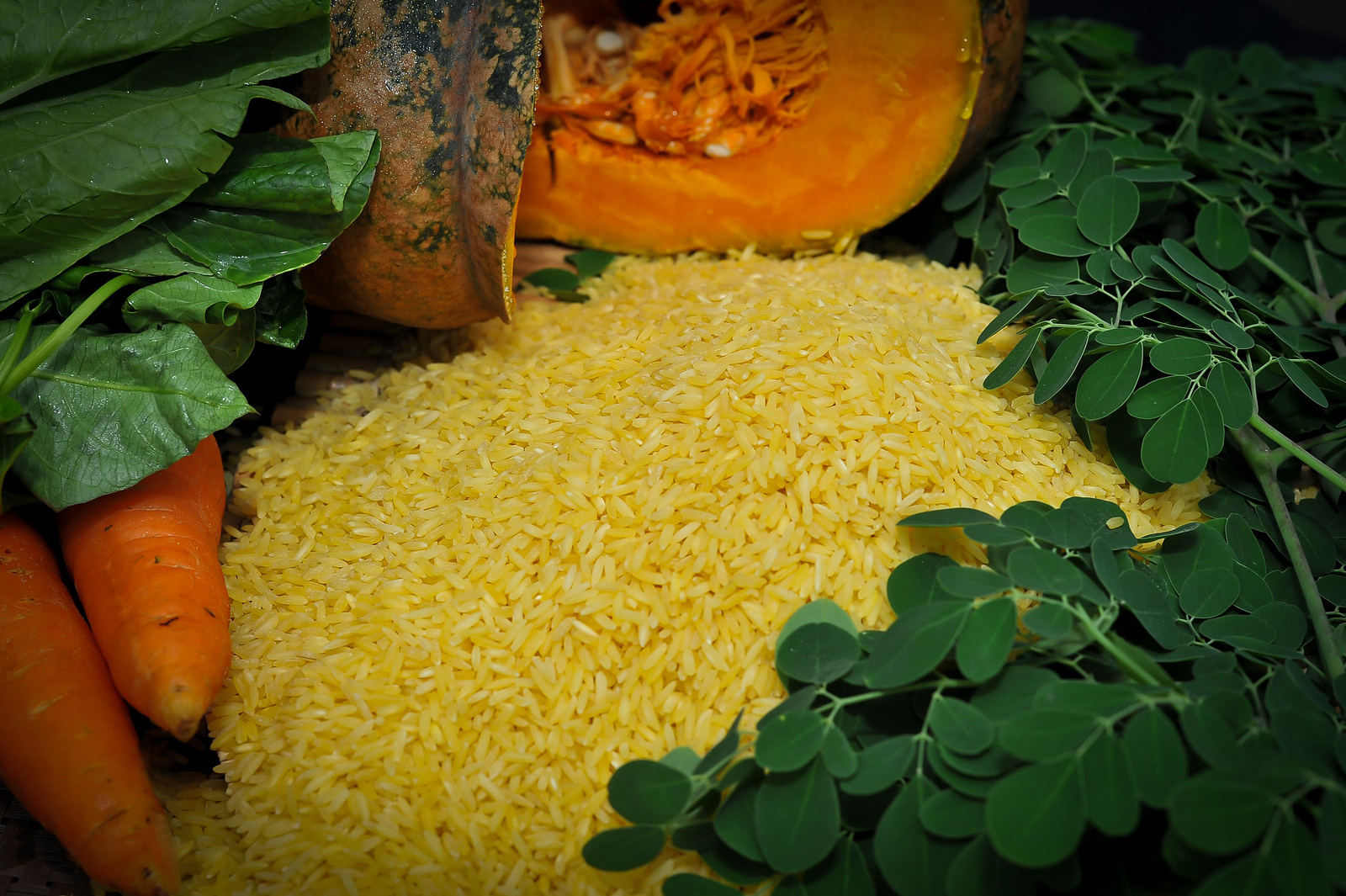Text and Photos by Henrylito D. Tacio
It doesn’t take a genius to realize that if the world’s population is growing at a drastically faster pace than the production of food, people are going to go hungry. In fact, people have been going hungry for a while because of this problem.
Based on the 2017 State of Food Security and Nutrition in the World report, published by the Food and Agriculture Organization (FAO) of the United Nations, world hunger increased from 777 million in 2015 to 815 million in 2016.
Most of those experiencing hunger come from “low-income food deficit countries.” These countries do not produce enough food to feed their people and cannot afford to import sufficient amounts to close the gap.
The Philippines, with a total land area of 30 million hectares, is among these countries. Food production capacities are threatened due to soil degradation, chronic water shortages, inappropriate agricultural practices, and rapid population growth.
Given that in most places, significantly expanding the cultivated area would not be economically feasible or environmentally sound, it will have to be done by using the land already under cultivation more efficiently and by providing food where it is most needed – in developing countries.
The central challenges, savants claim, will be to develop food in an environmentally sustainable manner and to increase the poorer countries’ capacity to produce it, thereby generating income and employment through agricultural growth, rather than simply augmenting their food supplies.
This may sound impossible, but many scientists believe it can be done through biotechnology. Biotechnology comes from the two words: “bio,” which stands for biology, the science of life, and “technology,” the tools and techniques used to achieve a particular purpose.



The 1992 Convention on Biological Diversity defines biotechnology as: “any technological application that uses biological systems, living organisms, or derivatives thereof, to make or modify products or processes for specific use.”
Is biotechnology a modern technology? The answer is no. It has existed since time immemorial. Spirulina, one of the oldest forms of life on earth, is believed to be what the ancient Israelites of the Old Testament referred to as the “manna from heaven.” In the Philippines, Filipinos have been practicing biotechnology in preparing vinegar, “patis,” “tapuy” (rice wine), cheese, bread, and compost making.
However, it was Karl Erchy, a Hungarian agricultural economist, who coined the word “biotechnology” in 1917. But the modern era of biotechnology had its origin in 1953 when American biochemist James Watson and British biophysicist Francis Crick presented their “double helix” molecular model of DNA (deoxyribonucleic acid).
DNA, the genetic material of all cellular organisms and most viruses, carries the information needed to direct so-called “protein synthesis” and “replication.” Protein synthesis is the production of the proteins needed by the cell or virus for its activities and development. Replication, on the other hand, is the process by which DNA copies itself for each descendant cell or virus, passing on the information needed for protein synthesis.
In the 1960s, Swiss microbiologist Werner Arber discovered special enzymes, called restriction, in bacteria. These enzymes cut the DNA strands of any organism at precise points.
“With the new knowledge in molecular sciences, it is now possible to identify specific genes, understand their function in the while organisms; clone, move and transfer the gene across natural species barriers; and make the genes express their products in specific tissues at specific growth stages in the specific organisms,” explained Dr. Emil Q. Javier, former science secretary.
Does it make sense to you? Listen to the words of Dr. Javier again: “In classical or conventional plant breeding, gene transfers are limited to between varieties of the same species; occasionally, between species within the same genus, and rarely between species belonging to different genera. Transferring novel genes between plant families, much less from bacteria to plants, was impossible. But now with modern biotechnology, very wide introgressions are possible.”
In one sense, biotechnology is merely a continuation of the old. “The essential unity of the genetics of all living organisms had been there all along,” Dr. Javier said. “We simply discovered the secrets of what the discrete units of inheritance are made of, how they function and how we can manipulate them with more precision compared with the random, statistical methods we have deployed in the past.”
By genetically altering the makeup of plants, vegetables, and animals, biotechnology has the ability to create more food from fewer resources, something that many experts believe to be the answer to the world’s food supply problems.
“Biotechnology is the wave of the future,” declares Dr. Saturnina Halos, one of the country’s biotech experts, “and it would help agricultural communities increase their production, improve their incomes and provide consumers with nutritious and disease-resistant food products.”



As early as 1982, the first commercial application of biotechnology was used to develop human insulin for diabetes treatment. In 1990, the US Food and Drug Administration approved chymosin – the first product of recombinant DNA – for food use.
In 1994, food manufacturer Calgene obtained the first approval to commercialize a genetically modified (GM) food product in the United States when it marketed its Flavr Savr delayed-ripening tomato. As much as 80% of the foods sold on US grocery store shelves may contain ingredients derived from GM corn, soybeans, potatoes, and other crops, in everything from cereal to salad dressing to potato chips.
Currently, there are 26 countries, including the Philippines, that are growing GM crops. The top five countries are Canada (911.6 million hectares planted to GM crops), the United States (78.2 million hectares), Brazil (49.1 million hectares), Argentina (23.8 million hectares), and India (0.8 million hectares).
In the Philippines, the only biotech crop currently commercialized is Bt corn, a kind of corn that contains Bacillus thuringiensis. A common soil bacterium, it produces a protein that paralyzes the larvae of Asiatic corn borer, a common corn pest in the country.
With the introduction of Bt corn, a yield average of about 1.1 tons per hectare can be realized – that’s a 30% yield increase over conventional corn hybrids. The premium price is offered for Bt corn because of good quality grains.
Aside from raising farm income and production, biotechnology offers other benefits. For one, farmers who planted biotech crops have helped reduce pesticide spraying. There was a “decreased environmental impact from herbicide and insecticide use by 19%,” said the 2016 ISAAA report. From 1996 to 2015, there was a reduction of pesticide applications by 8.1%. In 2015 alone, a reduction of 6.1% was noted.
Biotechnology also helps curb the release of greenhouse gases into the atmosphere, thus mitigating the effects of climate change. “Biotech crops for the last 16 years of commercialization have been contributing to the reduction of carbon dioxide emissions,” ISAAA says. “They allow farmers to use less and environment-friendly energy and fertilizer, and practice soil carbon sequestration.”
The “first generation biotech crops” – Bt corn, Bt eggplant, Bt rice, and Bt cotton, to name a few – have proven their ability to lower farm-level production costs. Now, research is focused on “second generation” GM crops that will feature increased nutritional and/or industrial traits. These crops will have more direct benefits to consumers.
Examples include rice enriched with iron, vitamin A and E, and lysine; potatoes with higher starch content and inulin; edible vaccines in corn, banana, and potatoes; corn varieties with low phytic acid and increased essential amino acids; healthier oils from soybean and canola; and allergen-free nuts.
But there is always a dark side to any technology. “There is much euphoria about developments in biotechnology and about the benefits they promise to bring to society,” warned Reuben Olembo of the United Nations Environment Program. “But there are also risks and dangers associated with this technology.”
Dr. Peter Wills, a theoretical biologist at Auckland University, points out: “By transferring genes across species barriers which have existed for eons, we risk breaching natural thresholds against unexpected biological processes.”
Here’s what Leonardo Montemayor, former agriculture secretary, said: “The products of modern biotechnology cannot be enjoyed fully by the people unless uncertainties regarding their risks to human health and the environment are minimized and managed, if not eliminated.”
The 2010 report of the European Commission Directorate-General for Research and Innovation on GMOs (genetically modified organisms) has this ready answer: “The main conclusion to be drawn from the efforts of more than 130 research projects, covering a period of more than 25 years of research, and involving more than 500 independent research groups, is that biotechnology, and in particular GMOs, are not per se more risky than conventional plant breeding technologies.”
Now is the time to make GM crops available to Filipinos. “As citizens of this country, I think it is our duty to help spread the truth about things that have the potential to make cheap and safe food available to our people and to inform them of things that endanger their health and welfare,” said former Senator Aquilino “Nene,” Pimentel Jr. said during the opening of the 12th National Biotech Week at the Bureau of Soils and Water Management in 2016.
“I think it is time that we make full use of the advances of biotechnology – where applicable – and use it to help free our people from hunger – and from ignorance – so that they in turn may not only be receivers, but sharers of the wealth of the nation with those in dire need of it,” the former senator from Mindanao pointed out.

